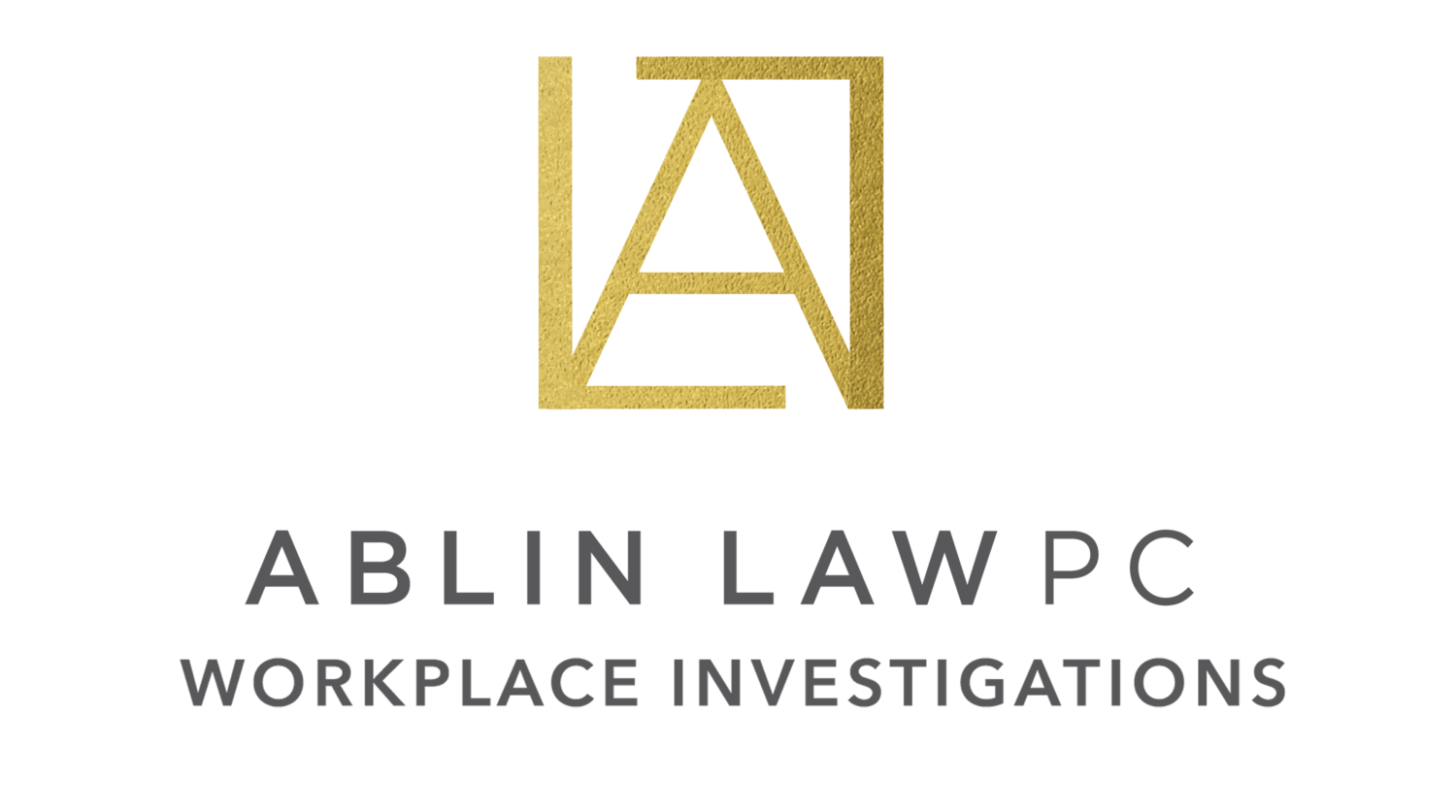When you have an allegation of misconduct in the workplace, it’s critical to investigate it fully, fairly and in a timely manner. However, if there’s one universal truth among HR professionals and company management, it’s that they’d much prefer to never have to be in the position of investigating potential wrongdoing.
Never having to investigate a potential issue simply isn’t a realistic goal of course; it would be nearly impossible to avoid allegations of misconduct altogether. However, by creating, implementing, distributing and training on clear employee policies, companies can significantly lower the risk and incidence of issues requiring investigations that can be both time-consuming and resource-heavy.
Creating and Implementing Strong Policies
What you include in your company’s employee handbook or policy manual will depend to a certain extent on your industry, company size and company structure. You’re required to adhere to federal and state laws – your manual should reflect your company’s commitment to following those laws. Most good employee policy manuals include statements that address the following:
-
Commitment to Title VII of the Civil Rights Act of 1964, prohibiting discrimination on the basis of sex, race, national origin, religion or color;
-
Sexual harassment policy;
-
Policy prohibiting discrimination against disabled candidates or employees, and commitment to providing reasonable accommodations;
-
FLMA requirements and policies about other time away from the office;
-
Worker’s compensation policies;
-
FLSA requirements, including pay frequency, bonuses,classification of employees, overtime pay, performance reviews, and salary increases/bonuses;
-
Policies about safe use of equipment and materials; and
-
Communication and issue escalation policies, so employees know how to handle issues if, and when, they arise.
Your written policies should be clear and concise, spelling out your expectations for employee performance and behavior. It’s also important to make sure your policy manual or document includes a statement letting employees know that the handbook or manual is not an employment contract, and that policies are subject to change from time-to-time.
Distribution and Communication
For your employee handbook or policy manual to be useful, your employees need to know about it. Every new employee should receive the manual (or be directed to where they can find it.) It’s also important to provide periodic training and communications to your entire employee population periodically, reminding everyone of the company’s policies and stance on things like workplace harassment.
Many companies choose to include policy reminders in annual meetings; others send periodic email communications to workers. However you choose to do it, make sure employees know that you’re committed to fostering a workplace where discrimination or harassment won’t be tolerated. A best practice is to distribute your policies on an annual basis and require employees to sign acknowledgements stating that they received, read and agree to comply with the organization’s workplace rules and policies.
Setting, and Enforcing, the Boundaries
By establishing and communicating your policies, you’re setting the boundaries. Employees will appreciate knowing not only what is expected of them, but what’s expected of everyone in the organization.
Having robust, clear policies in place is an important step toward protecting your company from legal liability and claims. Of course, even with the most robust policy manuals, training and candidate screening processes in place, issues may still arise. When they do, it’s critical to enforce company policies consistently. Follow best practices for conducting thorough and fair workplace investigations to further protect your company against liability.


Recent Comments